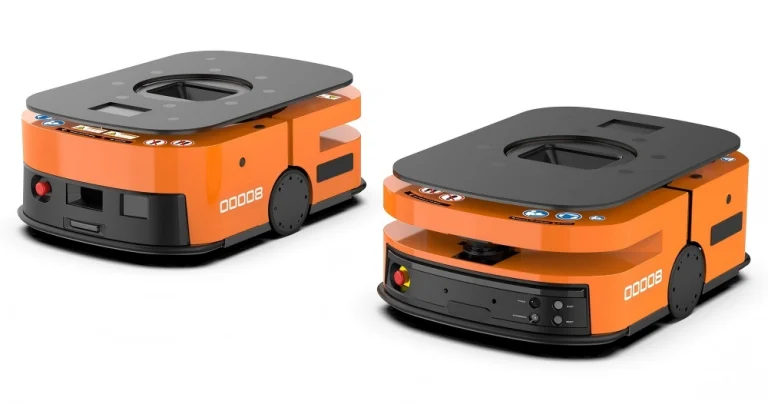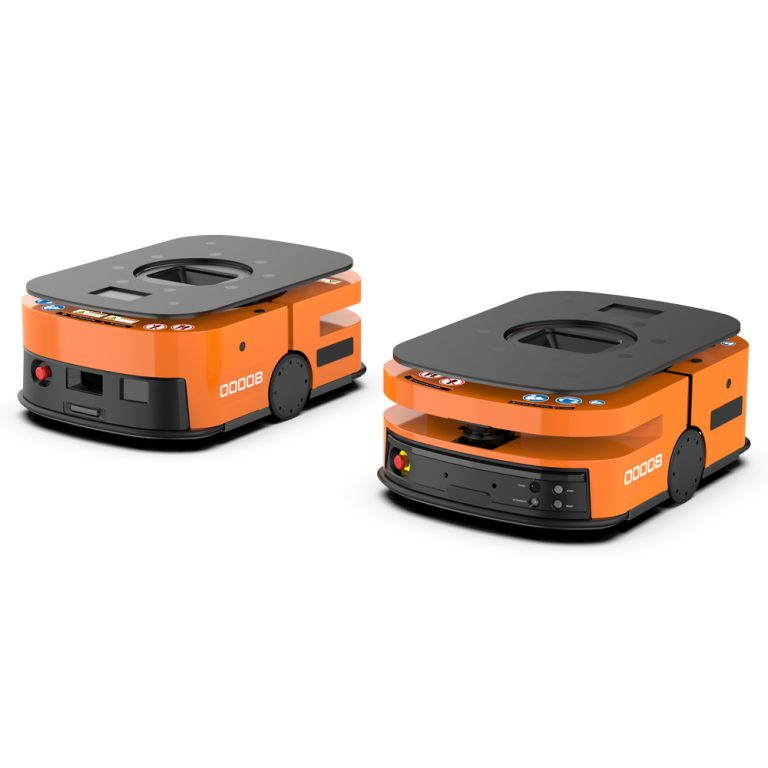
In today’s fast-moving logistics world, speed and correctness are everything. They decide who wins and who falls behind. Every tiny extra step or slow second inside your warehouse quietly eats up money. That’s exactly why so many companies now choose 智能仓库管理系统 (IWMS). These clever setups link data, workers, and machines into one smooth team. The payoff? Far fewer mix-ups, easier daily jobs, and full control over everything happening right now.
If you ever faced messy stock counts, lost packages, or super-slow packing times, keep reading. This piece shows how an Intelligent Warehouse Management System truly changes your workday, lifts your earnings, and gets your company ready for the coming ten years.
What Is an Intelligent Warehouse Management System?
An Intelligent Warehouse Management System (IWMS) is a smart digital tool. It watches over every single warehouse task—from fresh goods arriving to finished orders leaving. Old-style systems only wrote down stock numbers. But IWMS can actually think and take action. It talks directly to robots, moving belts, barcode readers, and ERP programs. It follows data as it happens and can even guess what comes next.
Simply put, it is not just a simple tracker. It works like the sharp brain of a modern smart warehouse.
Key Functions of an IWMS
- Inventory tracking in real time
- Order picking and allocation
- Storage space planning
- Material flow monitoring
- Performance analytics and reporting
Thanks to these helpful features, warehouse teams stop using paper lists or wild guesses. The system clearly tells them what to grab, when to grab it, and exactly where it should go.
Why Businesses Are Moving Toward Intelligent Warehouse Management Systems
Old warehouses depended heavily on human hands. Yet labor prices keep climbing, and online shopping orders explode higher each day. Depending only on people simply does not work anymore. Here is how smart systems close that gap nicely.

Higher Accuracy and Less Waste
People sometimes pick the wrong item or stick the wrong label. Those small errors can cost thousands of dollars every month. With an Intelligent Warehouse Management System, handy scanners, clever sensors, and clear digital maps cut those dangers way down. The system double-checks each step. It quickly warns you if anything seems off.
For example, a busy warehouse that handles 5,000 orders daily can slash picking errors by over 90% after they start using a smart IWMS.
Real-Time Visibility
You cannot fix what you cannot see clearly. IWMS hands you a full, live picture of stock and daily jobs. Every single item’s spot updates right away. Bosses look at bright dashboards. They spot what is late, where room is getting tight, or which robot needs a quick fix.
This clear view helps everyone plan smarter and jump on problems faster. It shines brightest in quick-change fields like electronics or auto parts.
Improved Space Utilization
Many warehouses waste up to 30% of their floor space. The reason? Bad layouts and sloppy storage choices. A clever system studies item size, how often things sell, and shelf height. Then it suggests the very best spots.
| Traditional Warehouse | With Intelligent System |
|---|---|
| Manual layout decisions | Data-based storage design |
| Fixed shelves and zones | Dynamic reallocation |
| Hard to track free space | Real-time space visibility |
Using space better saves rent money. Plus, it makes picking quicker and cuts delivery waits.
Seamless Connection with Automation
Modern warehouses love AGVs, AMRs, and strong robotic arms. IWMS sits in the middle like a friendly commander. When new goods roll in, it sends robots to shift pallets, checks counts, and updates records—all by itself.
This tight link between machines and software kills waiting time. It lifts speed without hiring extra hands.
Data-Driven Decision Making
Smart warehouse systems grab tons of fresh data every single second. Managers dig into it. They find weak spots, compare worker speed, and predict busy days. For instance, the system might notice one aisle always gets jammed. Then it kindly suggests new paths.
This is not random guessing. It is steady learning from real, everyday action inside your warehouse.
How IWMS Impacts Different Business Areas
Logistics Companies
These teams move huge loads each day. IWMS helps set truck schedules, plan dock space, and follow packages from door to door.
电子商务仓库
Super-fast picking and perfect packing matter most here. Smart systems speed up sorting. They also lower returns caused by shipping goofs.
Manufacturers
They need parts to arrive exactly on time. IWMS lines up material flow. Parts reach the factory line right when workers need them.
Cold Chain and Food Storage
Fresh food hates heat swings. IWMS watches temperature and humidity non-stop. It sends loud alerts if anything drifts off track.
Long-Term Business Benefits
- Faster response time: Fewer hold-ups keep customers smiling.
- Lower operational cost: Less trash, less extra hours, and wiser shipping choices.
- Better scalability: The system grows easily as your company gets bigger.
- Safety improvement: Auto checks lower dangers for workers.
Over many months and years, these wins pile up higher. A warehouse that once needed hours for stock counts now finishes in minutes—with rock-solid truth.
About Wesar – Smart Warehouse Solution Provider
韦萨 is a trusted expert company. It focuses on Intelligent Warehouse Management System, automation software, and smooth robotics teamwork. The team brings years of real experience. They build smart logistics answers that join hardware and software perfectly.
From quick automated guided vehicles to powerful data platforms, Wesar hands over full packages. These fit small shops or giant operations. Every project starts with careful planning. It ends with smooth daily running. Clients cut hand work and push output way up.
What makes Wesar truly special? It mixes tough real-world building skills with bright digital brains. The company does not just sell boxes. It walks beside clients. Together they lift long-term speed and flexibility.
You can learn more about its Intelligent Warehouse Management System (IWMS-1000) on Wesar’s official site.
结论
Turning your warehouse smart does not happen in one night. Still, grabbing an Intelligent Warehouse Management System is a strong first leap. It ties people, tools, and facts into one happy stream. You gain quicker, safer, and more trusty work—without adding new workers.
As supply lines grow trickier, tools like IWMS keep companies bendy and rich. They are not only a tech boost. They mark a whole new way logistics runs.
常见问题
Q1: What is the main function of an Intelligent Warehouse Management System? A: It runs warehouse jobs on a digital screen. It tracks stock, guides robots, and hands over live data. This helps make fast and correct choices.
Q2: How is IWMS different from a traditional warehouse system? A: Old systems only wrote down stock numbers. They needed lots of hand typing. A smart system hooks up to sensors, robots, and ERP tools. It automates every little step.
Q3: Can small or medium-sized businesses use IWMS? A: Yes, absolutely. Plenty of IWMS packages grow or shrink easily. Even a tiny warehouse enjoys sharper tracking and smarter plans. You don’t need big robots to start.
Q4: What industries benefit most from IWMS? A: E-commerce, manufacturing, logistics, retail, and cold storage all win big. They get quicker replies, fewer mistakes, and live stock views.
Q5: Is IWMS hard to integrate with existing systems? A: No way. Today’s Intelligent Warehouse Management System comes in easy pieces. They slide right into your current ERP or WMS without fuss.
In the end, every growing business meets the same tough puzzle—do more while spending less. An Intelligent Warehouse Management System hands you the perfect key. Run smoother. Ship faster. Stay one happy step ahead in the race.







